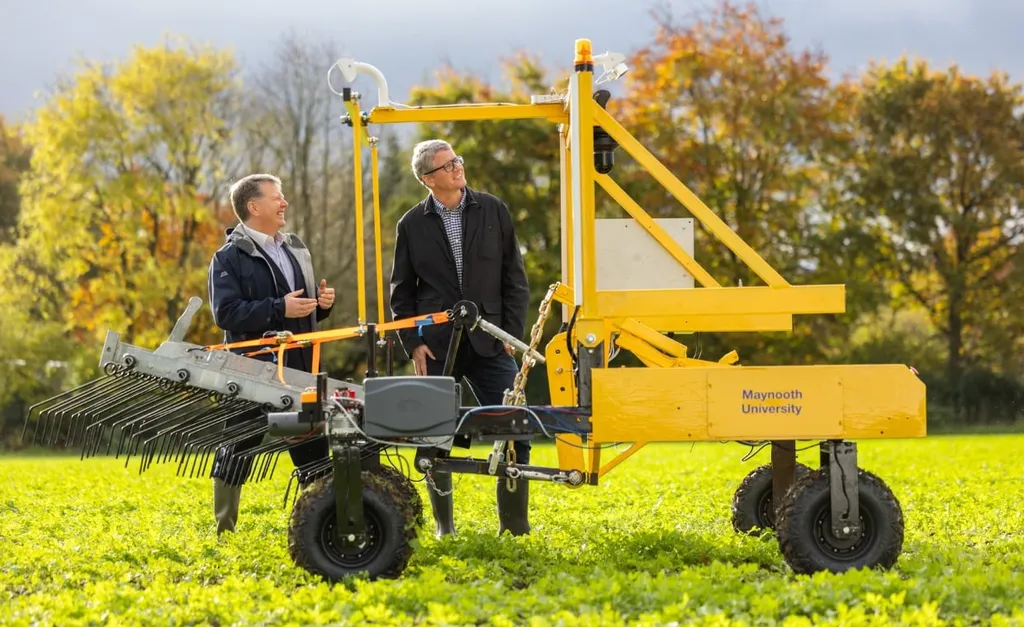In the heart of Ireland, at Maynooth University, a team of researchers led by Rana Umair Hameed from the Department of Electronic Engineering is tackling a pressing global issue: how to bridge the gap between the needs of farmers and the technological advancements in agricultural robotics. Their work, recently published in the journal *Zemdirbystė-Agriculture*, offers a compelling look into the future of row crop farming, where technology and tradition intersect to create more sustainable and efficient practices.
The research, which involved an extensive review of academic studies, surveys, and commercial robotic solutions, identified key challenges faced by farmers and mapped them to the capabilities of current and emerging agricultural robots. The team also conducted in-depth interviews with nine farmers to gain deeper insights into their day-to-day operations and needs. The findings reveal a complex landscape where technology promises significant improvements but also presents barriers to adoption.
“Farmers reported mixed reactions to current technologies,” Hameed explains. “While they acknowledge efficiency improvements, they also highlight barriers such as capital costs, technical complexity, and inadequate support systems.” This sentiment underscores the need for technologies that are not only advanced but also accessible and user-friendly.
One of the most notable demands from farmers is for technologies that enhance plant health monitoring, soil condition assessment, and climate resilience. These areas are critical for ensuring sustainable food production in the face of increasing environmental challenges. The research highlights the potential of lightweight and modular robot technologies that can be adapted to diverse farming practices, as well as the need for simpler interfaces and actionable data analysis.
The study also emphasizes the importance of co-creation with the farming community to ensure the adoption and sustained use of agricultural robotic solutions. This collaborative approach could pave the way for more effective and widely accepted technologies in the future.
As the world grapples with the need to increase food production while minimizing environmental impact, the insights from this research are more relevant than ever. The findings suggest that the future of row crop farming lies in the careful alignment of technological advancements with the practical needs and capabilities of farmers. By fostering a closer collaboration between technologists and farmers, the agricultural sector can move towards a more sustainable and efficient future.
This research not only sheds light on the current state of agricultural robotics but also points the way forward. As Hameed and his team continue to explore these themes, their work could shape the development of new technologies that transform the way we farm, ensuring food security and sustainability for generations to come.

